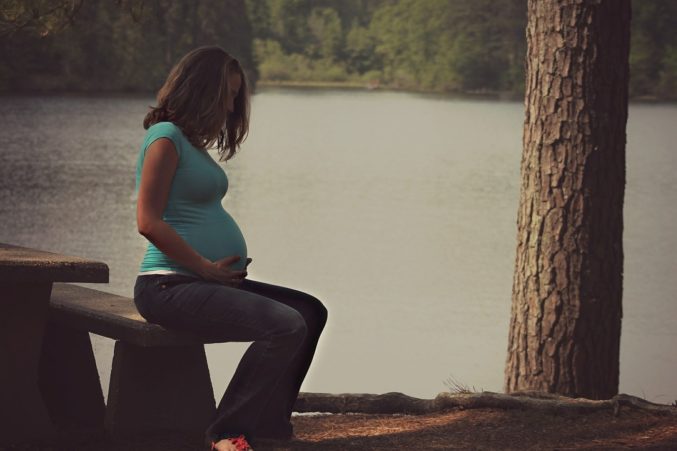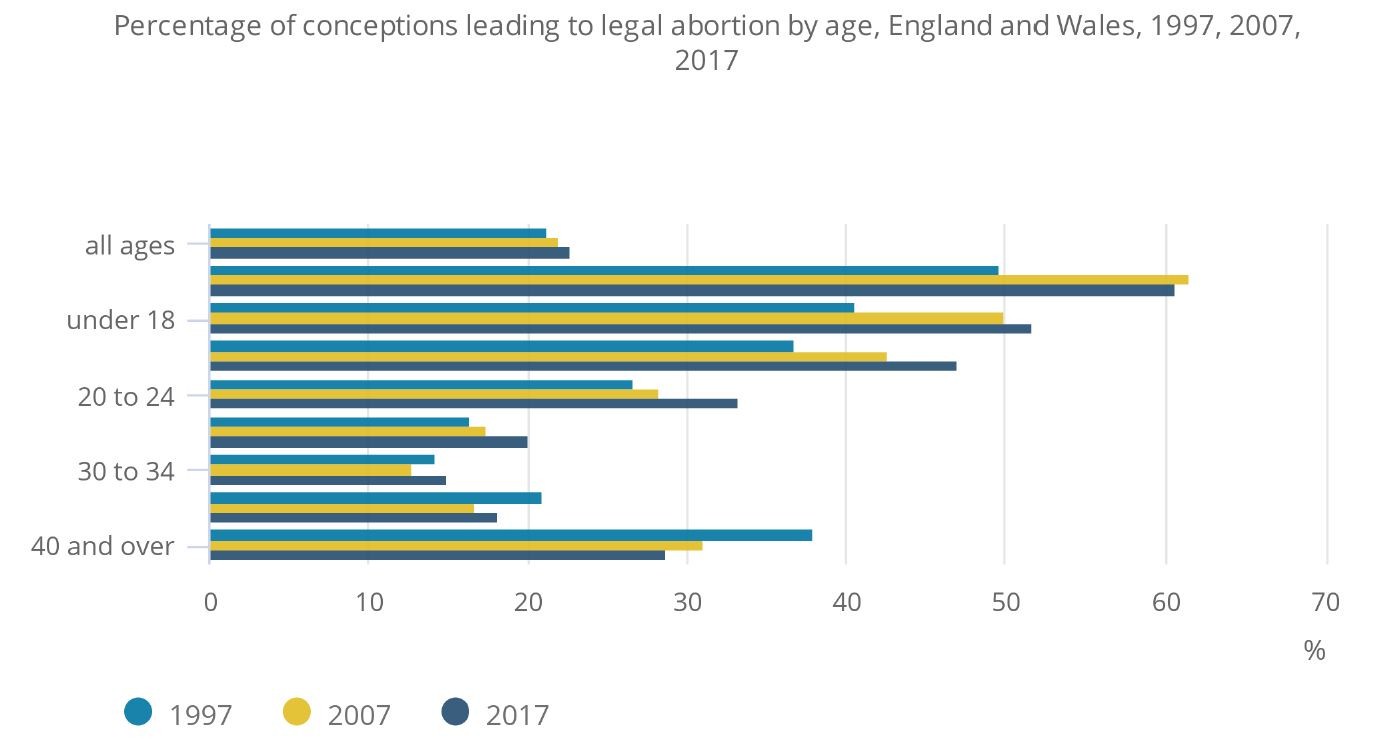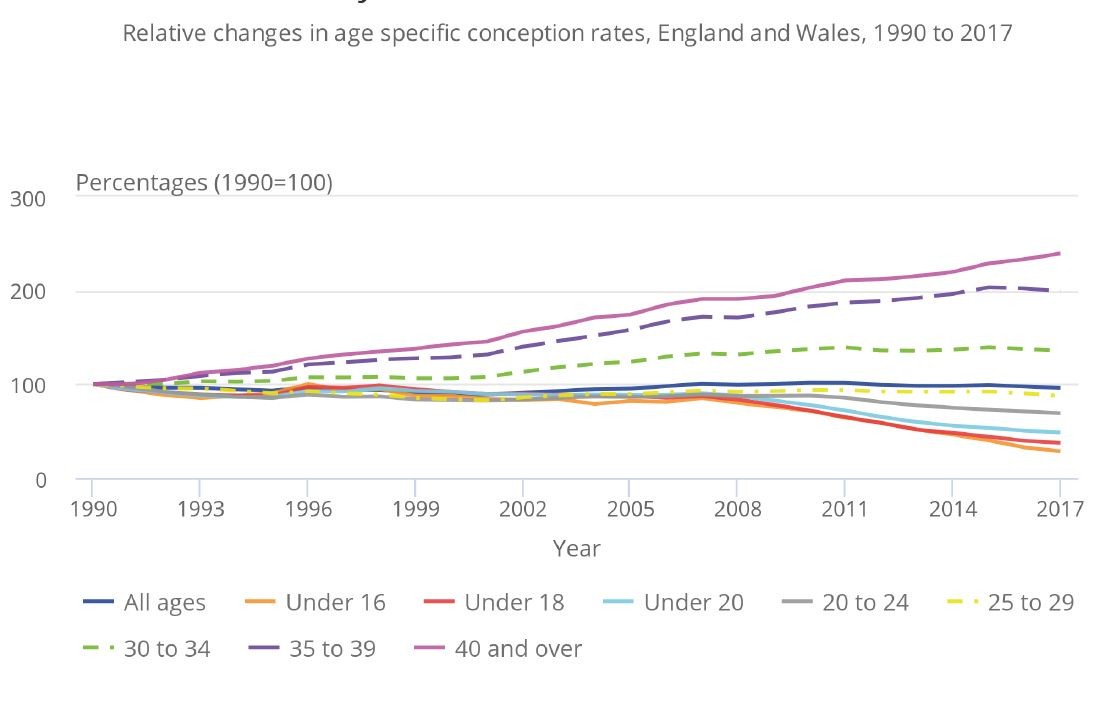Pubblichiamo di seguito l’intervento che il Cardinale Segretario di Stato Pietro Parolin ha pronunciato il 3 aprile a conclusione dei lavori del Simposio Stand Together to Defend International Religious Freedom che ha avuto luogo presso la sede dell’Ambasciata degli Stati Uniti presso la Santa Sede:
Intervento del Cardinale Segretario di Stato
Excellencies, Dear Friends,
I am pleased to have this occasion to offer some brief remarks at the conclusion of this International Religious Freedom Symposium, organized by the United States Embassy to the Holy See with the cooperation of other institutions. A special word of thanks goes to Ambassador Gingrich for extending the kind invitation to me to deliver some final reflections on the theme: Stand Together to Defend International Religious Freedom.
A brief consideration of the numerous violations of religious liberty on the global stage and the appalling number of innocent persons that suffer persecution, because of their beliefs, including many Christians, should leave no doubt in our minds that we are dealing with an aggressive attack that strikes at the very core of the enjoyment of fundamental human rights, which are necessary for the flourishing of the human person, of society as a whole, and for the peaceful coexistence among nations.
Despite so many efforts to promote and reinforce the fundamental human right of religious freedom, we are actually witnessing a continued deterioration, we might even say an assault, of this inalienable right in many parts of the world. Religion has always been the subject of great consideration as seen in its regulation by domestic or international legal systems. The choice of faith and the consequent adherence to a religion impacts every level of life, as well as the social and political spheres. Therefore, the choice, and the practice, of one’s faith must be free of constraints and coercion. Notwithstanding the strong protection that religious freedom has within the framework of international law, including its clear presentation in the Universal Declaration of Human Rights (1948) as well as in the International Covenant on Civil and Political Rights, we continue to witness grave violations of this basic fundamental right that often occur with impunity and at times receiving little, if any, attention in the media.
This being said, the subject matter of the two panel discussions held this morning are quite appropriate. Raising public awareness on the reality of religious persecution, particularly via the rapid means now available with digital media, remains a useful step to address violations of religious freedom. Indeed, those involved in the area of media and social communications must bringing to light those realities that threaten the common good of the human family. Crass violations of the freedom of religion should be numbered among such threats.
The second panel raises an even more difficult subject, that of international cooperation not simply “standing together” but “working together” on all levels to defend and to advance religious freedom. Regarding this aspect, the Catholic Church has been continuously pursuing all means possible to encourage mutual respect and collaboration among nations, peoples and religions to favor peaceful coexistence, to foster a social/political ambiance that respects the freedom of the individual person’s conscience and the beliefs that person holds while respecting their equal right as any other citizen, especially in those contexts in which their belief may not be that of the majority.
Indeed, in reflecting on the two main areas discussed in the panels, it becomes clear that raising awareness on the brutal reality of religious persecution in the world would be useless unless there is a serious and dedicated attempt to work together at addressing and overcoming the root causes of this issue. This is, of course, a great challenge, because in moving from “words” to “actions” one always encounters a certain number of complications.
One important aspect is that, when discussing religious freedom, we should never lose sight of the anthropological basis of this right. To do so is to run the risk of understanding religious freedom as something ancillary to the human person, as something conceded from “outside” the person, even by the State, rather than as a God-given gift, indeed a gift rooted in the transcendent dimension of human nature. Clearly, civil authorities have the obligation to protect and defend religious freedom, but not in the sense of being its author, but rather its custodian.
Protection and limitations are the two key elements surrounding any debate on religious freedom as a fundamental right because of its direct connection to the human person. In fact, it also serves a strategic role in evaluating and ensuring the proper attention and guarantee granted by the public authorities. This interpretation reflects the process of affirmation of human rights that has characterized the history of the last few centuries, placing the human person and his/her rights at the center of legal, political, cultural and religious actions. Indeed, religious freedom raises the question of the indivisibility of human rights, which has become a guiding principle and fundamental assumption of the international law of human rights.
Religious freedom is a fundamental right, which reflects the highest human dignity, the ability to seek the truth and conform to it, and recognizes in it a condition, which is indispensable to the ability to deploy all of one’s own potentiality. Religious freedom is not only that of private belief or worship. It is the liberty to live, both privately and publicly, according to the ethical principles resulting from religious principles. This is a great challenge in the globalized world, where weak convictions also lower the general ethical level, and in the name of a false concept of tolerance, it ends in persecuting those who defend their faith.
Another aspect that demands our attention is to be wise in our appraisal of the challenges and threats to religious freedom. While violations of this right are carried out in a wide variety of ways, it seems that, without wanting to oversimplify the discussion, that there are two conceptual forces that lead to violations of this right, both of which lend themselves to being easily politicized. On the one hand, and perhaps most obviously, there is the attitude of religious intolerance, a certain myopic approach, that considers any religion or belief outside of one’s own as not merely inferior, but as something that merits being degraded or categorized as second class. This is witnessed all too often in political, social or cultural situations, for example with Christians, who are being treated as second-class citizens. On the other hand, there is a tendency to attack religious freedom from what might be called an “ideological” standpoint, one that takes, for example, the principle found in the human rights framework that considers human rights as “cross-cutting” and “transversal”. Within this context, some of the so-called “new human rights” at times tend to conflict with those universally recognized fundamental human rights, including religious freedom and the right to life. For example, the exercise of religious freedom, especially in the public square, with regard to the institution of marriage or concerning the inviolable right to all human life, often runs up against the so-called “new rights” that tend to present themselves in complete contradiction with, or encroach upon, these fundamental human rights.
Given their importance, it seems that these two conceptual forces must remain in the fore thought of our discussions. To lose sight of them would run the risk of “missing the point” of what religious freedom is really all about. Religious freedom certainly means the right to worship God, individually and in community, as our consciences dictate. But, religious liberty, by its nature, transcends places of worship and the private sphere of individuals and families. Our various religious traditions serve society primarily by the message they proclaim. They call individuals and communities to worship God, the source of all life, liberty and happiness. They remind us of the transcendent dimension of human existence and our irreducible freedom in the face of every claim to absolute power.
In conclusion, I would like to reaffirm that the Holy See will continue to be fully engaged in the promotion of religious freedom, as this fundamental right is intimately connected with the protection of conscience and the defense of the human person. One such recent example of this priority for the Church is the document on “Human Fraternity for World Peace and Living Together” signed by Pope Francis and the Grand Imam Ahmad al-Tayyib in Abu Dhabi last 4 February. While I would encourage you all to read the complete text, if you have not done so already, I would like to close by citing one of the passages, which to me seems to be at the heart of this symposium.
“We affirm also the importance of awakening religious awareness and the need to revive this awareness in the hearts of new generations through sound education and an adherence to moral values and upright religious teachings. In this way we can confront tendencies that are individualistic, selfish, conflicting, and also address radicalism and blind extremism in all its forms and expressions.”
Thank you for your attention.










